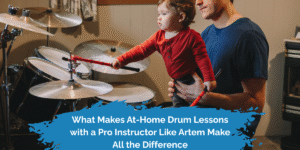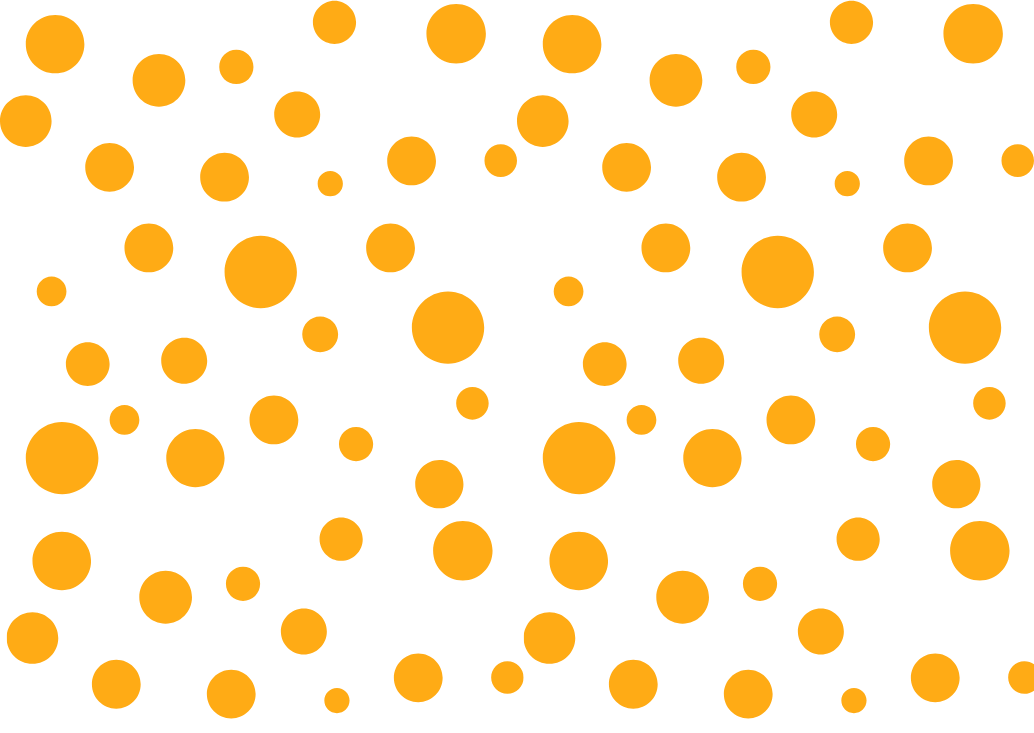Do you hear a strange sound as you play your piano? Maybe, there is something wrong with it, and you should find out fast. Just like any other instrument, piano parts weaken, loosen or wear out. But, you can avoid these things if you know how to keep your piano in tip-top shape. This article will discuss some of the maintenance tips for the piano to help keep it live longer and play at its best all the time.
Schedule a Regular Tune-Up
Some people think that as long as they can play their piano and it can produce a good sound there is nothing wrong with it. Maybe, but this kind of thinking is not right for your piano. Just like your car that needs a regular tune-up, you should also schedule a regular tune-up for your piano.
If you overlook the piano tuning, you will also overlook other forms of maintenance. It is the basic way of keeping your piano sound at its best.
During the tune-up, the tuner can hear other things aside from the frequencies of the notes. Just by the sound your piano produce he can tell if there is something does not look right. You can also inform the tuner if you notice something that he might overlook.
You should have your piano tuned up at least two times a year, one in the mid-autumn and the mid-summer. Your keyboard was designed to sound good. If all of its parts are working properly, you can get the harmony and the sound you expect to have.
Position Is Vital
Place your piano in an area where there is fairly even temperature and humidity control. The sudden change in humidity can cause distortion on the soundboard, or it might even crack.
Too much moisture can cause rust and warping. Wood joints can be weakened by too much dryness. To protect your piano from the harmful effects of change of weather, use an air conditioner in summer and turn on the heater with the humidifier during winter.
Keep this in mind, sunlight is beneficial for the piano player, but not for the piano. UV rays can destroy your piano’s finish and may cause damage to the soundboard, pin block and on other areas.
If you will be placing your piano against a wall make sure that you keep a foot of space between. Excess reverberations can cause more problems.
Keep It Clean and Protected
Polishing and cleaning are two different actions especially when it comes to piano. Polishing should be maintained to a minimum. You can use a feather duster to remove the dust and to use a dry cloth in dusting is not okay for your piano this will produce a scratch on the finish. Here are some tips if you will use cloth in cleaning your piano:
- If you will dust using a cloth, make sure that you use a soft fabric like chamois, flannel, or even pieces of worn bed sheets with a high thread-count. Do not use paper towels or terrycloth rags.
- Slightly damp the cloth with filtered water. Never use mineral water it can alter the surface of the finish.
- Wipe gently not vigorously, and dry it immediately using a separate cloth.
- Never try to dust any exposed areas of the piano’s interior. Let the expert do the cleaning as these parts are fragile.
- Avoid placing objects on top of your keyboard. If you cannot avoid it make sure you use a felt or cloth base or place a soft piece of fabric on the surface before placing anything on it.
- You should not spray products on the piano. Keep a distance, at least three feet away from the piano to prevent the particle from coming in contact with your strings, keys, or other sensitive parts.
- Placing an air purifier where your keyboard is placed is a good idea. This will help reduce dust.
Tips on Polishing
The first thing you need to do before you polish your piano is to determine if it has a lacquer or polymer finish. These two finishes should be cleaned differently to prevent irreversible damage. Here are tips on how to care for the two main types of piano finishes:
Lacquer Finishes – for piano with lacquer finish use a polish used for delicate furniture. When polishing as mentioned above, never spray any product on the piano. Use a lint-free cleaning cloth.
Polymer Finishes – this type of finish does not require waxing. You can use a lint-free cloth to remove the dust or some smudges. For more extreme cleaning, you need to dilute a mild detergent and dampen the cloth lightly. Rub the cloth gently on an area where you want to remove any streaks. Wipe dry, use another dry cloth.
The best tip to keep your piano in top shape is to play it regularly. Also, on sensitive parts of the instrument, let the experts do the cleaning and maintenance. If you want your piano to continue to produce the sound that you expect, make sure that you handle it with care.
If you find this post informative and helpful, you can share it with others, or you can write a comment below.








